Earth
Sign up for our newsletter
We summarize the week's scientific breakthroughs every Thursday.
-
 Environment
EnvironmentYear in review: BPA alternatives aren’t benign
Evidence is accumulating that at least one popular alternative to bisphenol A can enter the body and trigger developmental and physiological changes.
By Janet Raloff -
 Climate
Climate195 nations approve historic climate accord
The Paris climate talks end with delegates from 195 nations releasing a hard-fought agreement to curb climate change and limit warming to 2 degrees Celsius.
-
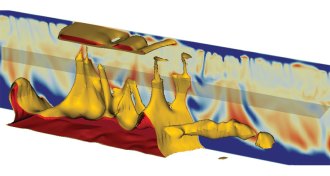 Earth
EarthGooey rock in mantle thickens 1,000 kilometers down
Gravitational tugs provide an unprecedented peek into the structure of Earth’s mantle and reveal a sudden increase in viscosity roughly 1,000 kilometers below ground.
-
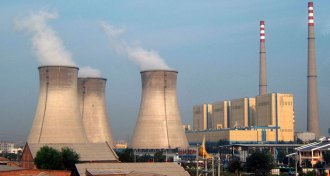 Climate
ClimateGlobal carbon emissions fell in 2015, despite economic growth
Society’s carbon footprint fell slightly in 2015, largely due to decrease coal consumption in China, researchers report.
-
 Paleontology
PaleontologyNew dating of dino ancestor challenges Triassic timeline
New dates for geologic layers of well-known fossil formation show that dinosaurs and their ancient relatives were separated by less time than researchers thought.
-
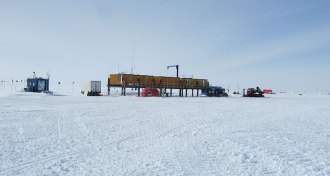 Climate
ClimateWarming culprit CO2 has a cool side — and it’s in Antarctica
Rising CO2 levels above central Antarctica cause cooling, not warming, new research suggests. The odd effect results from surface temperatures that are colder than the overlying stratosphere.
-
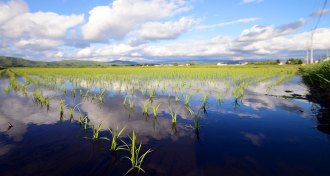 Earth
EarthHumankind’s water use greater than thought
Humans’ global water footprint increases when accounting for water losses from water management practices.
-
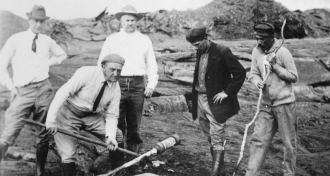 Earth
EarthPioneering geologist sought to demystify volcanic eruptions
In The Last Volcano, a geologist profiles Thomas Jaggar, one of the 20th century’s most influential volcanologists.
By Sid Perkins -
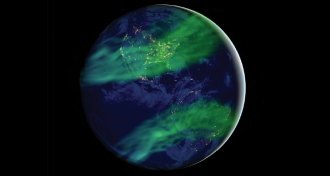 Earth
EarthDon’t flip out: Earth’s magnetic poles aren’t about to switch
Earth’s waning magnetic field is returning to its long-term average, not heading toward a catastrophic magnetic reversal, new lava analysis suggests.
-
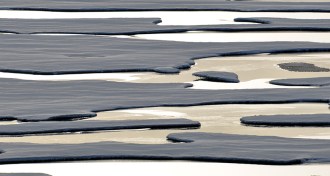 Climate
ClimateThinning ice leads to winter warming in the Arctic
Thinning Arctic sea ice could boost heat-trapping water vapor in the air during autumn and winter, leading to more ice loss.
-
 Animals
AnimalsGetting creative to cut methane from cows
Changing feed, giving vaccines and selective breeding may enable scientists to help beef and dairy cattle shake their title as one of society's worst methane producers.
By Laura Beil -
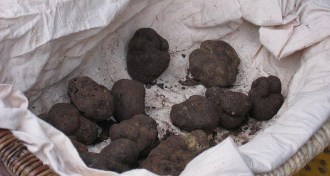 Life
LifeTruffles aren’t laced with radioactive cesium
Fallout from the Chernobyl disaster hasn’t made truffles dangerously radioactive, scientists find.